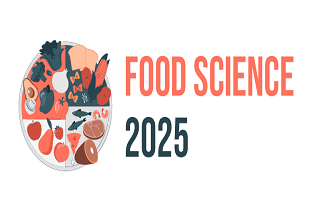2nd International Conference on
Food Science and Technology
September 19-20, 2025 | Online
Food Science 2025

Haramaya University, Ethiopia
Abstract:
The adoption of improved agricultural technology packages is vital in Ethiopia, as the expansion of cultivable land appears nearly exhausted and population size has skyrocketed. However, the country has shown a low adoption rate. Thus, this study aimed to investigate the factors that hinder or facilitate the adoption of multiple maize technology packages and the intensity of adoption in the northern Sidama zone of Ethiopia. A multistage sampling procedure was applied to gather cross-sectional data from 424 farm households owning 545 maize plots. A multivariate probit and two-limit Tobit models were used to address the study objectives. The conditional probability results confirmed that maize technology packages are complementary (positive relationship). This infers that agriculture-focused policies that influence the adoption of a single component of technology packages can have a reinforcing advantage over the adoption of other technologies. Furthermore, the results from the models showed that farmers with greater experience, family size, plot size, livestock and oxen ownership, number of maize plots owned, of-farm income, and access to credit, extension services, and membership in institutions are more likely to adopt at least one of the improved technology packages and achieved a better status of intensity of adoption. The adoption rate and intensity level were meager and there must be relevant interventions that promote wider adoption for better productivity. This, in turn, helps smallholder farmers to get rid of chronic food insecurity and poverty. It is, therefore, crucial to reinforce and deliver quality extension services, provide credit access, motivate youth to be involved in farming activities, inspire membership, and ease the system to access inputs and technologies for broader adoption of technology packages.
Biography:
Ashenafi Guye has expertise in lecturing and teaching various courses in the Department of Agricultural Economics and Agribusiness at Bonga and Hawassa University. In addition, he has been participating in research and community service as part of his job. Currently, he is a PhD candidate in the School of Agricultural Economics and Agribusiness at Haramaya University. The research article mentioned above is part of his PhD dissertation work.
